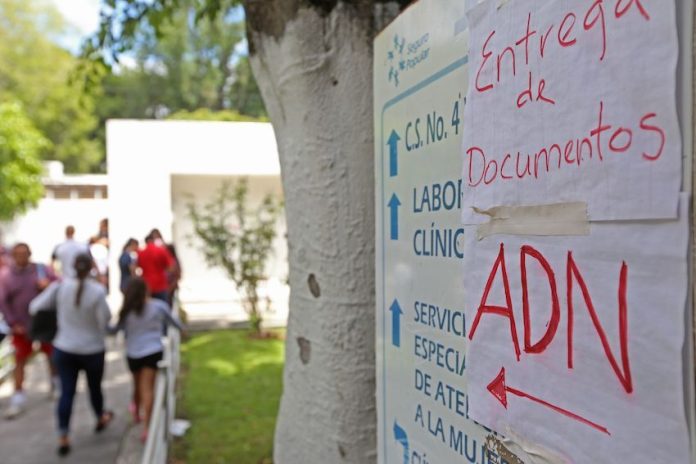In researching how Mexican forensic experts identify the recovered bodies of victims of forced disappearance, UNAM professor Vivette García Deister has encountered some gruesome situations.
“Most difficult is that many of the international standardized protocols on how to identify [bodies] cannot be applied to the victims received in many places by the forensic services of Mexico, for the reason that what arrives at the morgue is not always a complete body,” she said. “Sometimes you have a femur, a torso, a head.”
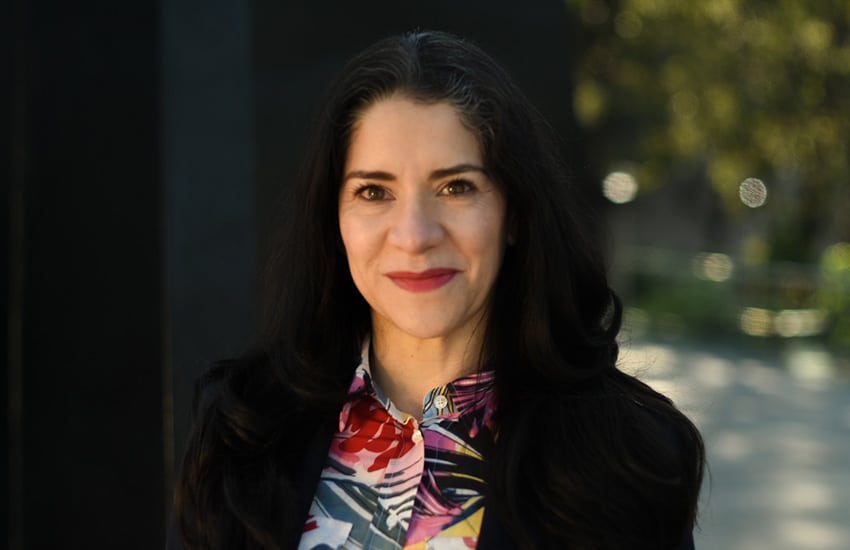
Yet García Deister continues to study the issue, including the increasing trend of using DNA to identify the disappeared. Over the last 10 years, she has examined forensic DNA analysis initiatives by the Mexican government as well as by civilian-led groups, becoming familiar with both the promises and shortcomings of DNA identification.
“It can be very personal, especially with the families,” she said. “It can be conclusive. It’s not the only means of identification, and it’s not always available or possible to use DNA.”
Last year, she edited an anthology on the overall subject – “ADN, protagonista inesperado: Promesas y realidades de la investigación genética ante nuestra crisis forense” (“DNA, an Unexpected Protagonist: Promises and Realities of Genetic Research in the Context of Our Forensic Crisis”).
It’s been a busy time for the scholar, who this year added another responsibility to her portfolio: editor-in-chief of Tapuya, a journal of science, technology and societal studies in Latin America.
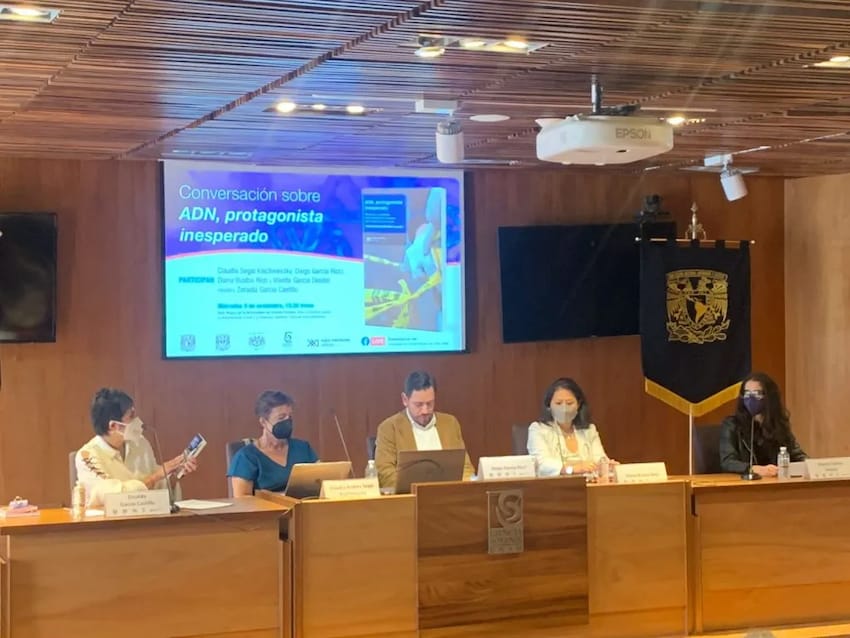
As of May, the number of disappeared persons in Mexico stood at 112,000, while Mexico’s national forensic personnel were dealing with 52,000 unidentified sets of remains.
It was the Calderón administration’s War on Drugs that prompted García Deister to change her academic trajectory. Up to the end of the administration and the aftermath of its narco policy, she had been researching DNA with regard to diverse national population demographics in Mexico, Colombia and Brazil.
“The way [Mexicans] were engaging with genetics was not through ancestry tests or questions of propensity to disease,” she said. “That was the Global North [approach] — the U.K. and U.S. That was an issue in Mexico. The way people were engaging with genomics and genetics [here] was through forensics.”
As García Deister explained, these efforts have been made not only by the Mexican government but also by loved ones of the disappeared who distrust the government and seek independent means of identification of remains. This has resulted in the rise of nongovernmental organizations involved in identification, which are sometimes aided by experts from other Latin American countries with large numbers of disappeared citizens, including Argentina and Peru. Mexican journalists, including documentary filmmakers, also play a role by publicizing their countries’ citizen-led forensic initiatives.
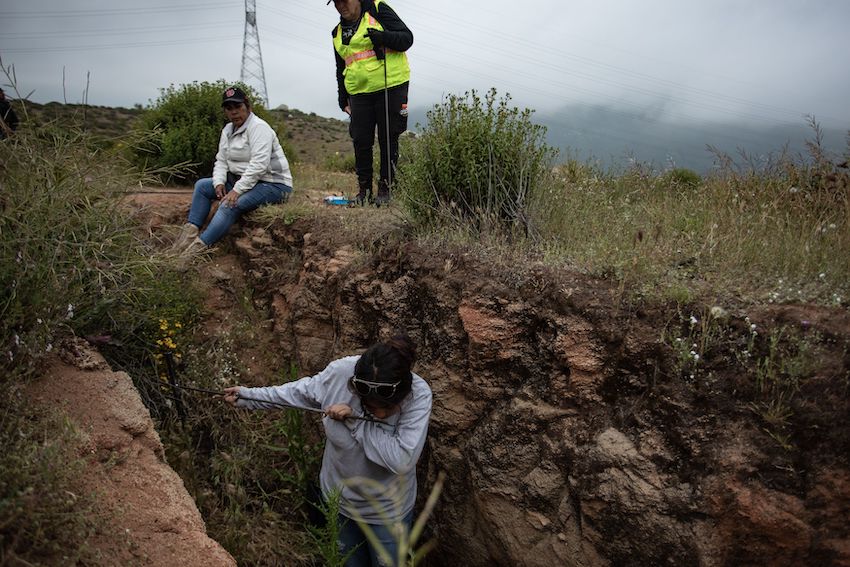
“What we see in these [last] 10 years is that these collective organizations, civilian organizations, have become forensic experts themselves,” she said, “doing the work nobody else is willing to do or sees a need to do.”
“I also know that there are civil servants and authorities who are willing to do the work, but their capacities are limited and the overflow and backlog of bodies is unmanageable.”
García Deister’s own research involves regularly observing examiners from forensic services, particularly geneticists, as they use DNA for identification. She documents and analyzes the day-to-day process, including necropsies, sample-taking and DNA extraction.
“Having been trained as a biologist and receiving some training in human dissection or autopsy, I am able to be there in a somewhat professional manner,” she said. “I do not participate in identifications or in the work with any of the subjects. It’s still very difficult.”
García Deister’s work includes a collaboration with Lindsay Smith, a professor at Arizona State University’s School for the Future of Innovation in Society. Aided by the Wenner-Gren Foundation, their project studies the deaths of migrants on both sides of the U.S.-Mexico border.
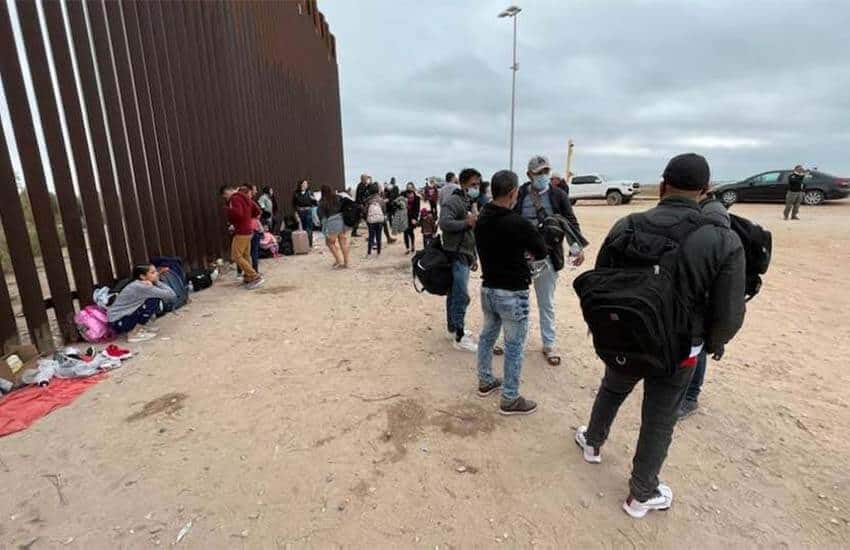
“I think a really interesting aspect of the project that Vivette and I do together is that it focuses on ties between U.S. and Mexican institutions to understand processes on both sides of the border,” Smith said. “[García Deister’s] work is amazing and brilliant. The project in general is an important one that brings nuance.”
Both scholars point out that there are nuances involved in DNA profiling, whether in Mexico or the U.S.
North of the border, Smith said, “migrant, maybe undocumented, families are often fearful of [giving] DNA samples to a medical examiner,” especially if they “have to give information such as their address.”
In Mexico, she added, “it’s a really hard process politically in all of the Mexican states … to get all the samples processed in the same place. It sounds very simple. In practice, it’s very difficult. I work with a lot of families. When you speak with them about coordinating DNA databases, they just laugh. Mexico has been talking about it for 10 to 12 years but never managed to do it.”
When García Deister was consulted by the Peña Nieto administration on best practices for establishing DNA databases, she warned against using the same biobanks for multiple purposes — for example, using the same banks for storing forensic samples and biomedical research. She also criticizes the current López Obrador administration.
“It is a difficult time for science and technology,” she said. “Also, for experts. There seems to be a huge disregard for expert knowledge in the current administration.”
For anyone working with forensic DNA, García Deister urged a sense of balance — in other words, not just relying on DNA alone.
“A cold match, a random match on a database, needs to be connected to the description of the body, the date in which she disappeared, where she was found, whether the biological profile corresponds with the description the family provided of the person who disappeared,” she said. “We do need DNA — among many other tools.”
Rich Tenorio is a frequent contributor to Mexico News Daily.
